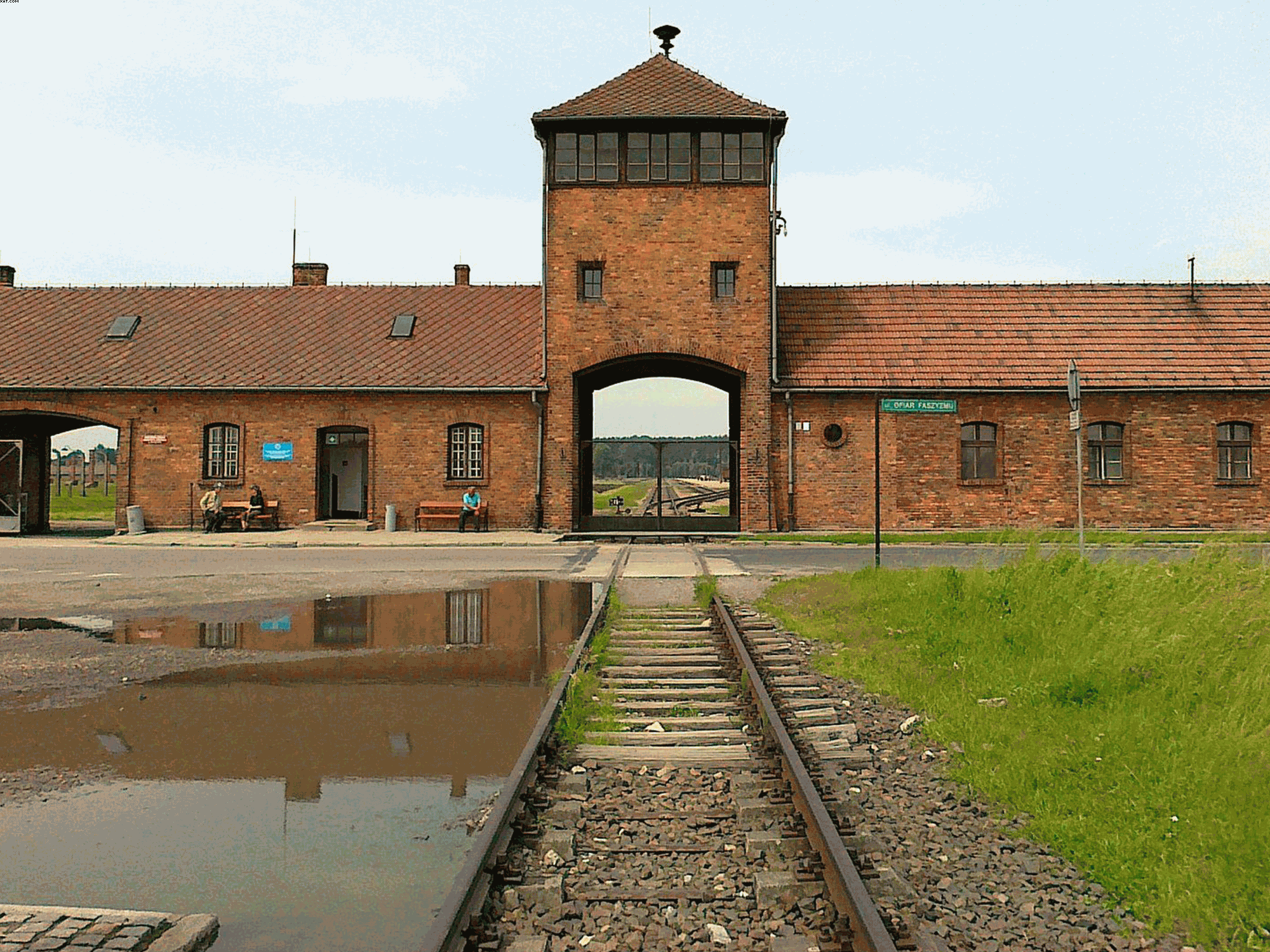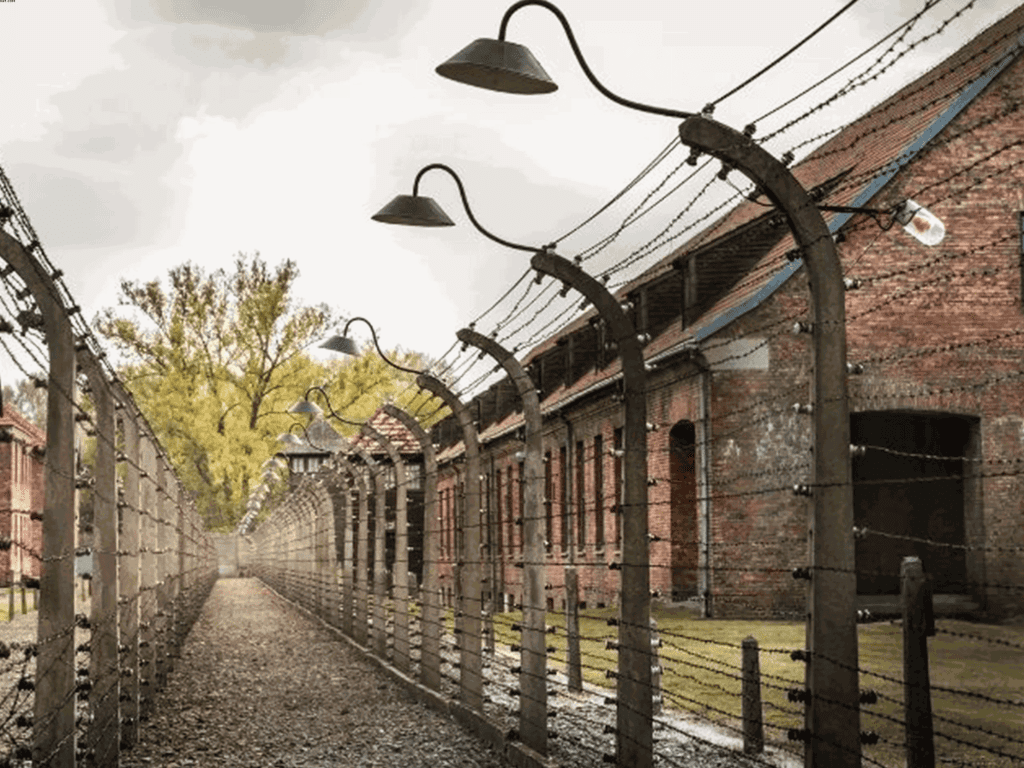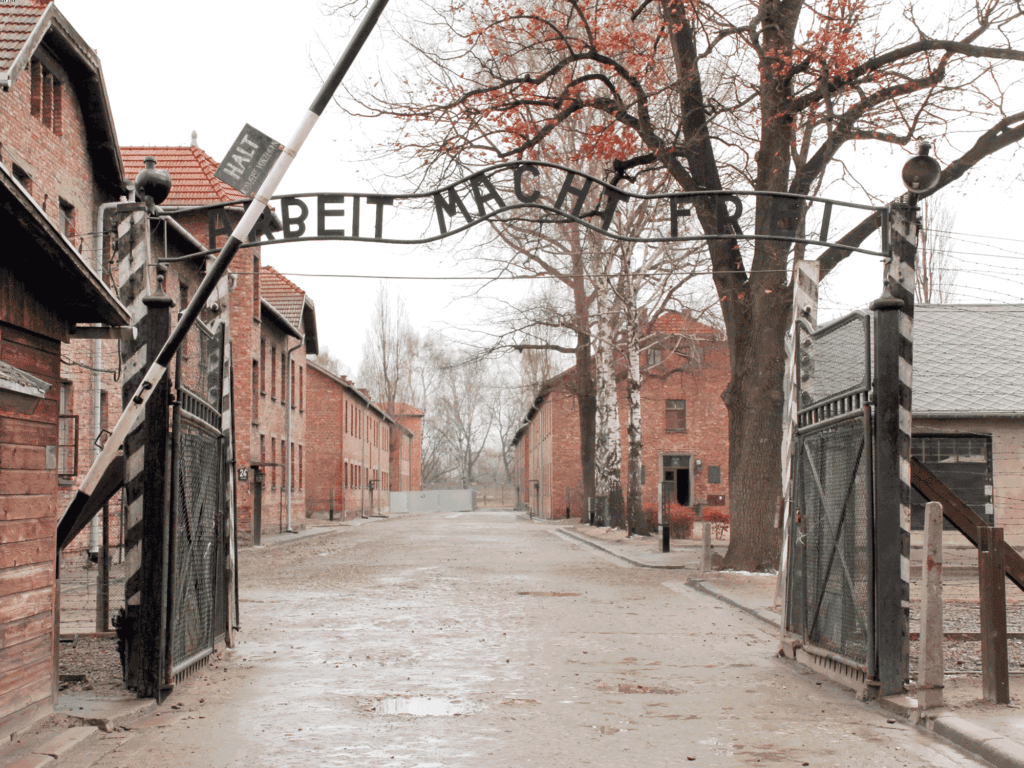Auschwitz History and Atrocities: A Comprehensive Look

Auschwitz is a name that echoes through history as a place of unimaginable horror and human suffering. The atrocities in Auschwitz are some of the darkest chapters in human history. It is a place that bears witness to the horrors of the Holocaust, where over 1.1 million people, mostly Jews, were systematically murdered by the Nazis during World War II.
In this article, we will delve into the history of Auschwitz and explore the atrocities that took place in this infamous concentration camp.
The History of Auschwitz

Auschwitz, located in southern Poland, was initially built as a concentration camp in 1940 by the German SS. The camp was built on the grounds of an abandoned Polish army barracks and was initially intended for Polish political prisoners. However, with the invasion of the Soviet Union in 1941, the Nazis began to use Auschwitz as a death camp for Jews, Romani people, homosexuals, and others deemed undesirable by the Nazi regime.
Auschwitz quickly became the largest death camp in the Nazi regime, with over 1.1 million people murdered within its walls. The camp was divided into three main sections: Auschwitz I, Auschwitz II (Birkenau), and Auschwitz III (Monowitz). Each section had its own specific purpose, with Auschwitz II being the primary death camp.
Atrocities Committed in Auschwitz
The atrocities committed in Auschwitz are difficult to comprehend. The camp was designed to be a killing machine, with gas chambers and crematoriums used to dispose of the bodies of those murdered within its walls.
The Jews were the primary target of the Nazi regime in Auschwitz, with over 1 million murdered. The Nazi’s goal was to systematically eliminate the Jewish population in Europe, and Auschwitz was the primary location for this horrific plan.
However, Jews were not the only victims of the atrocities committed in Auschwitz. Romani people, homosexuals, disabled individuals, and others deemed undesirable by the Nazi regime were also murdered in the camp. In total, over 1.1 million people were murdered in Auschwitz, with the vast majority of them being Jews.
The horrors of Auschwitz did not end with the murder of those within its walls. Medical experiments were conducted on prisoners, including sterilization, amputations, and other gruesome procedures. Prisoners were subjected to gruelling labor, often working in inhumane conditions for up to 12 hours a day. The living conditions in the camp were deplorable, with overcrowding, malnutrition, and disease running rampant.
The Liberation of Auschwitz

Auschwitz was liberated by the Soviet army on January 27, 1945. The soldiers who entered the camp were met with scenes of horror, with emaciated prisoners barely clinging to life.
The liberation of Auschwitz marked the end of the Nazi’s horrific plan to systematically eliminate the Jewish population in Europe. However, the scars of the atrocities committed in Auschwitz would last for generations.
Conclusion
Auschwitz is a place of unimaginable horror and human suffering. The atrocities committed within its walls are a stark reminder of the depths of human depravity. However, it is also a place of remembrance, where we can honor the memories of those who perished and ensure that the horrors of the Holocaust are never forgotten.
We must continue to educate future generations about the atrocities committed in Auschwitz and the Holocaust, so that we can ensure that such horrific acts never happen again.




0 Comments